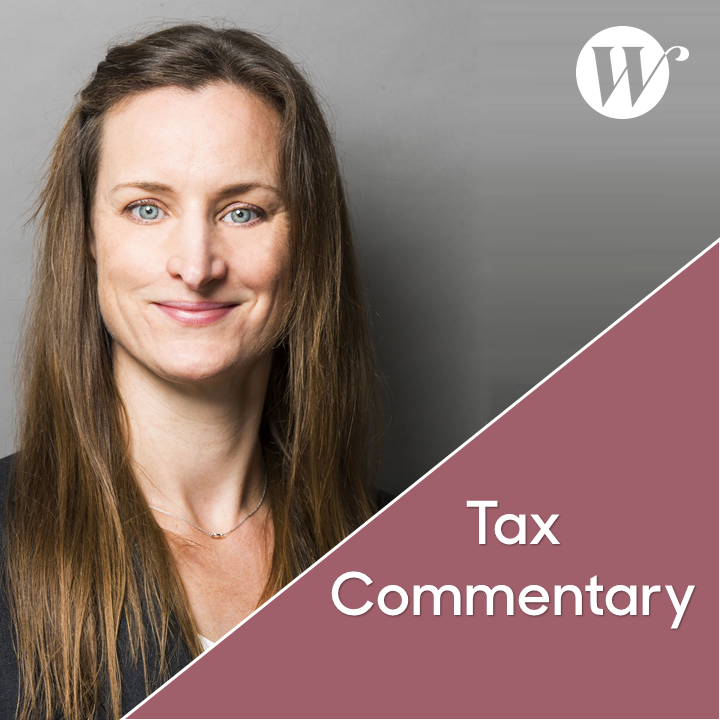This website uses cookies so that we can provide you with the best user experience possible. Cookie information is stored in your browser and performs functions such as recognising you when you return to our website and helping our team to understand which sections of the website you find most interesting and useful.
Monday 16 November 2020
Who gains in the OTS report on CGT?
To download and read this piece as a pdf, please click here.
Commentary by Emily Campbell.
Since its introduction by the Labour Government in 1965, capital gains tax has seen many changes. One important policy question is how to pitch the rate of capital gains tax by comparison to the rate of income tax. For a long period between 1988 and 2008, individuals were liable to capital gains tax at income tax rates. Lower rates have applied since then.
Another important policy question is how to compensate the taxpayer for the effects of inflation. This question was first answered by the indexation allowance. The allowance was introduced by the Conservative Government in 1982, was extended by the Finance Act 1988 (which Act created the 1982-rebasing, in order to take out of the charge the inflationary gains of the late 1960’s and 1970’s) and frozen in 1998 upon the introduction of taper relief for business and non-business assets by the New Labour Government. Taper relief and indexation allowance for gains to 1998 were then abolished in 2008 around the time of the global financial crisis and shortly before the end of New Labour. The effect of this abolition was softened by the introduction of a modest (£1m) entrepreneur’s relief, which was subsequently extended three times and then (this year) reduced to its original level, being renamed “business asset disposal relief”. Given the rhetoric which has accompanied some of these changes, one might be forgiven for thinking that, whilst governments enjoy waving business venturers on their journey of risk, they do not relish seeing them reap the rewards when they happen – a blind eye being turned to those falling, some in tatters, by the wayside.
These questions are back in the news following the publication on 11 November of the Office of Tax Simplification’s report entitled: “Capital Gains Tax review – first report: simplifying by design”. The report states that capital gains tax yielded £8.3 billion in the 2017-18 tax year, being paid by 265 thousand individual UK taxpayers. This compares with £180 billion of income tax paid in the same period by 31.2 million individual taxpayers.
The summary of recommendations suggests, amongst other things, that the government consider more closely aligning capital gains tax rates with income tax rates. If it does so, it is recommended that the government consider reintroducing a form of relief for inflationary gains. This might perhaps signal a return to the structure in 1988. It is suggested that the annual exempt amount might be reduced so as to operate as an administrative de minimis. Further, there is yet another indication (see on this the OTS Inheritance Tax Review) that the capital gains uplift on death ought to be considered for removal.
Many in business have baulked at the prospect of paying income tax rates on capital gains, especially as income tax rates are relatively high and are perhaps set to get higher. There is little solace for them on the relief side either, as it is suggested that business asset disposal relief and the relatively new investors’ relief should perhaps be abolished in favour of a relief more focused on retirement. Those who have been in practice for a while may remember retirement relief, which was abolished alongside the indexation allowance in 1998. I have a book about it on my shelf: I won’t throw it away just yet!
So, who gains? The reintroduction of indexation allowance so that tax is paid on “true” gains seems fair. However, for those in business who hope to make substantial profits over inflation this looks like a game for losers.
For more information on our Tax practice, please click here.

